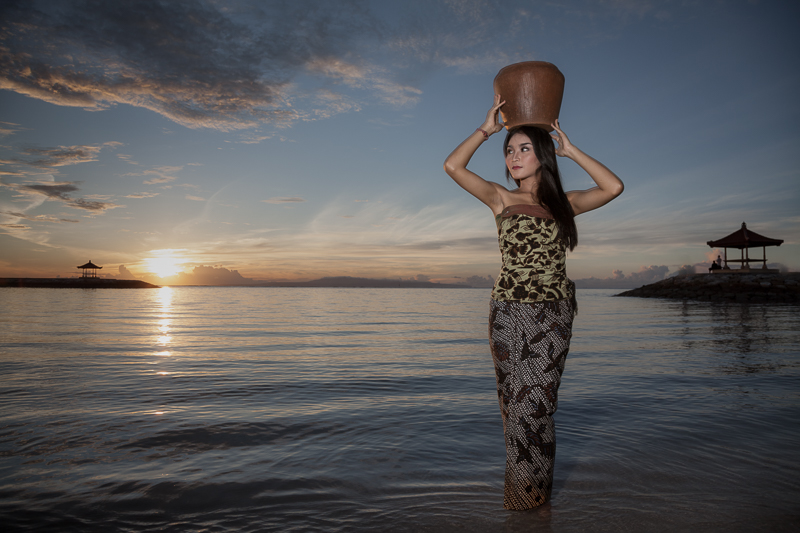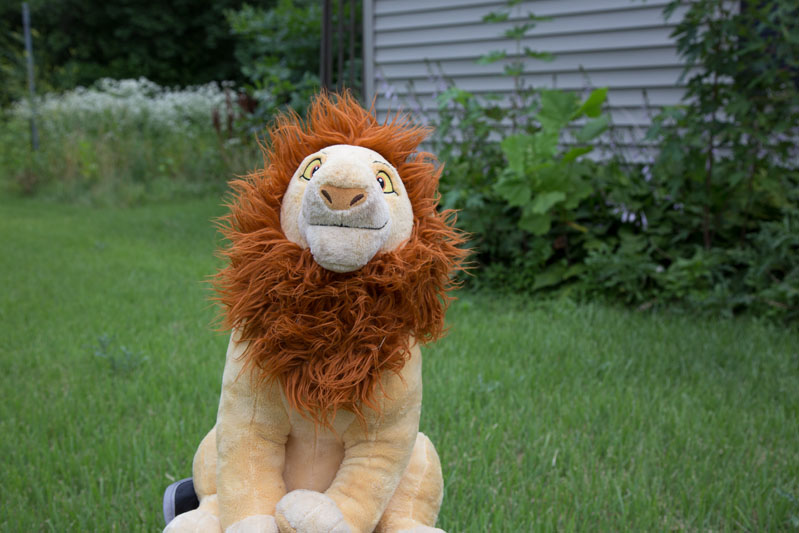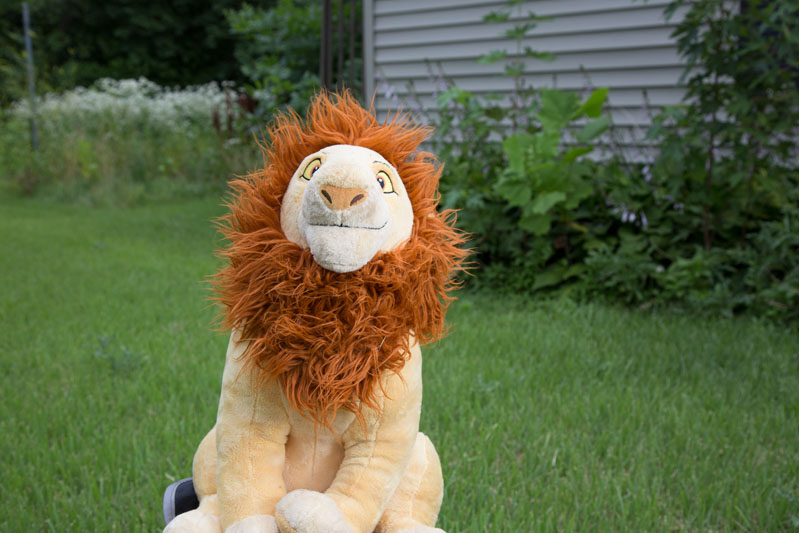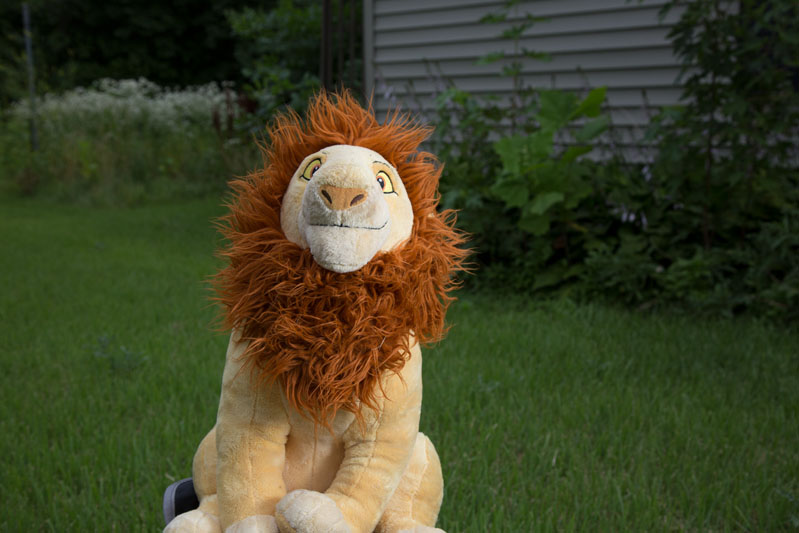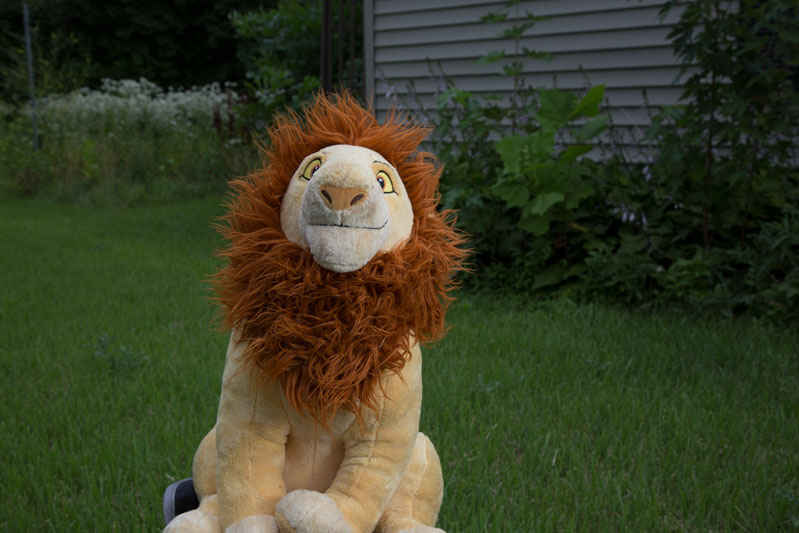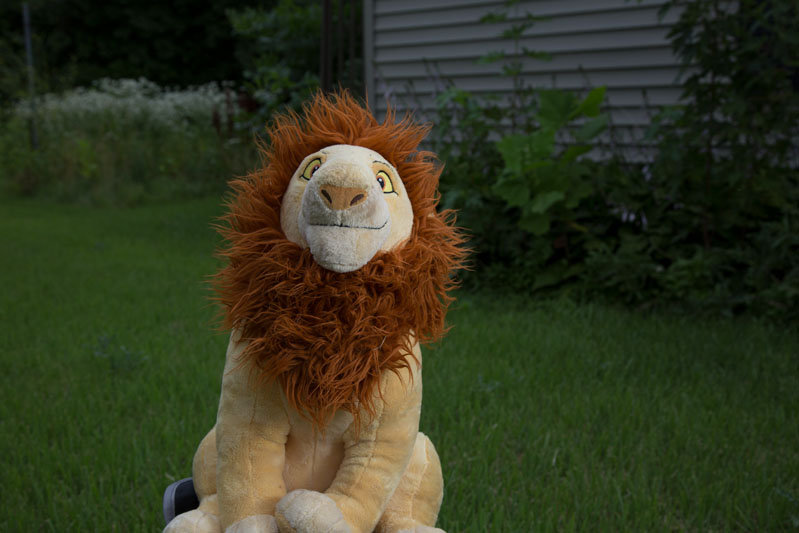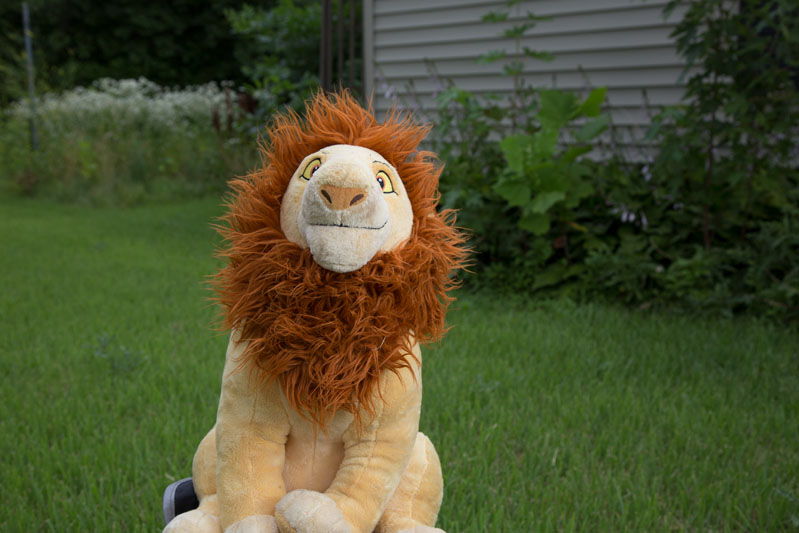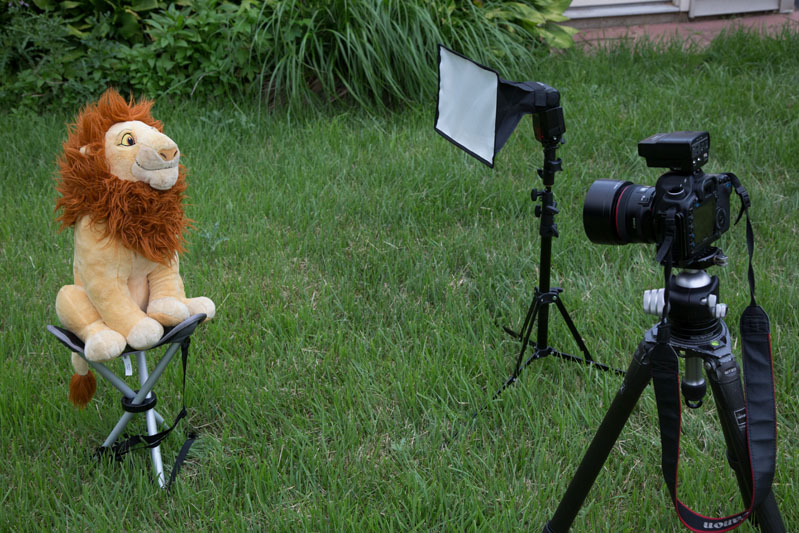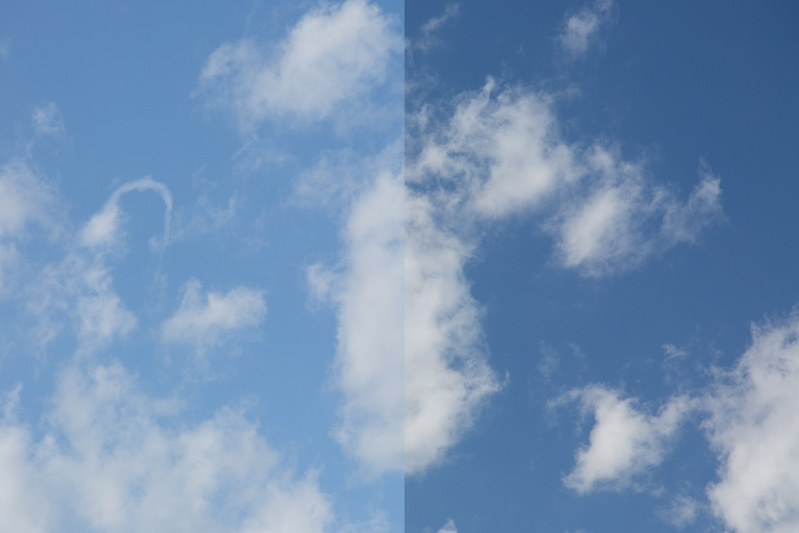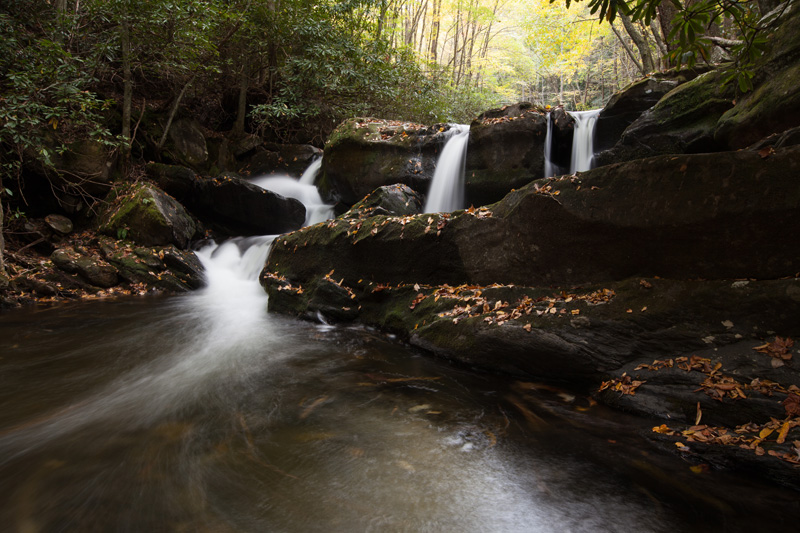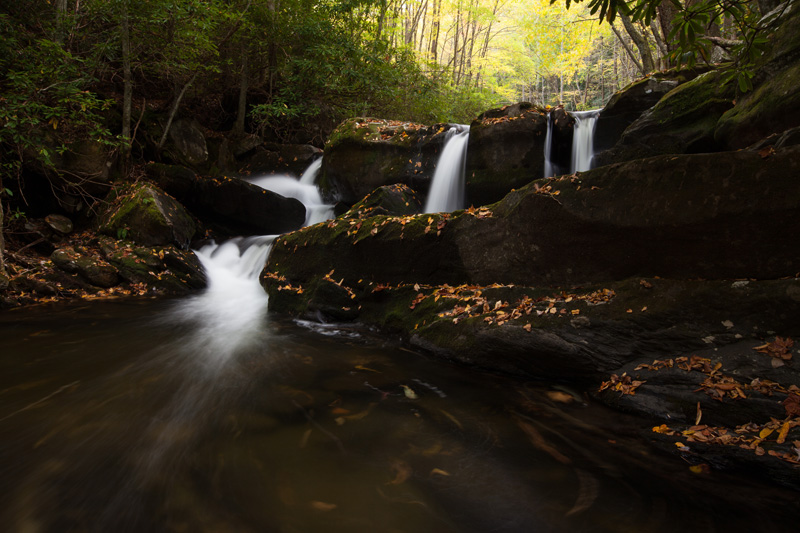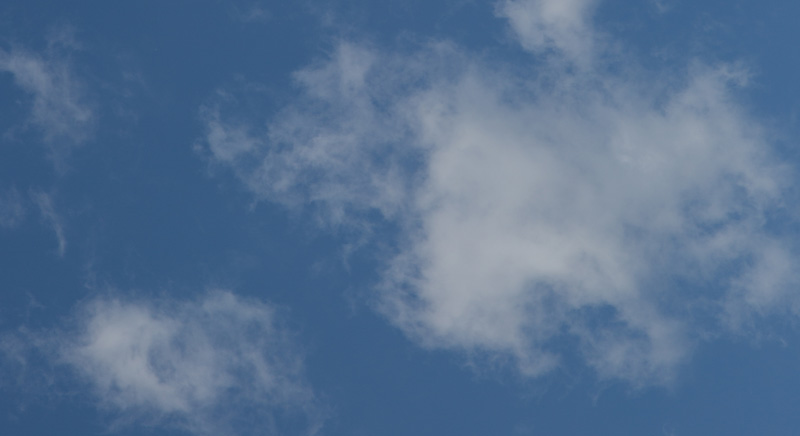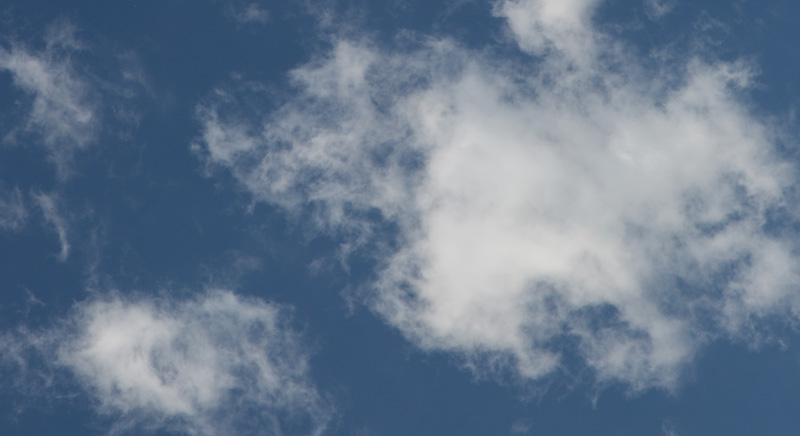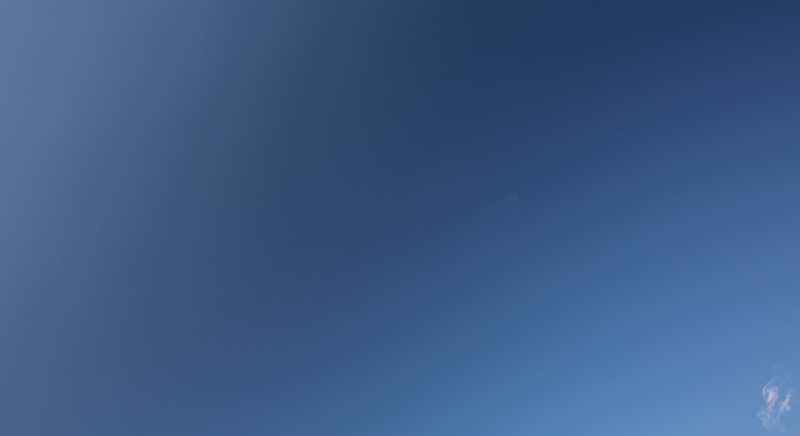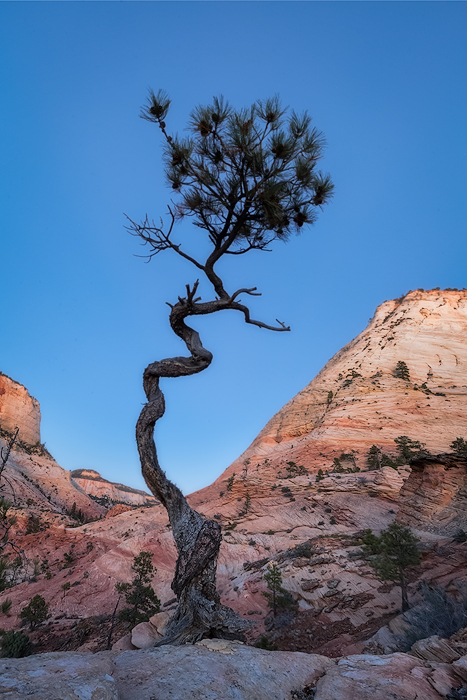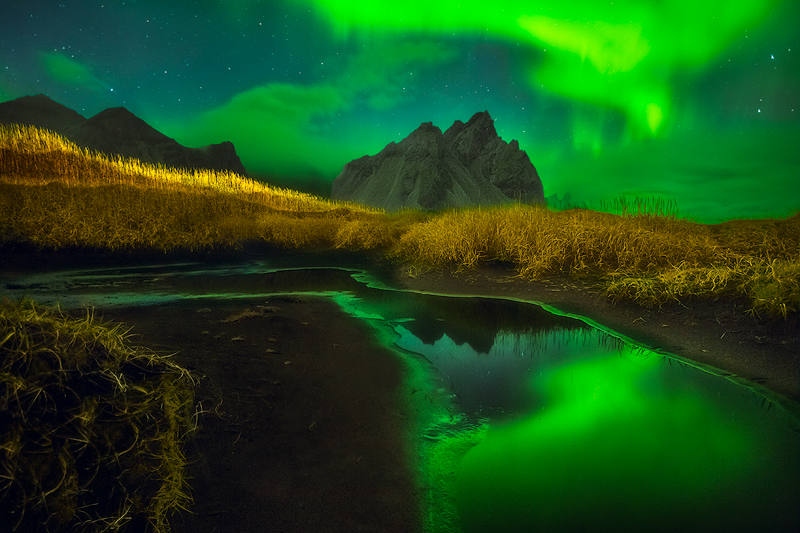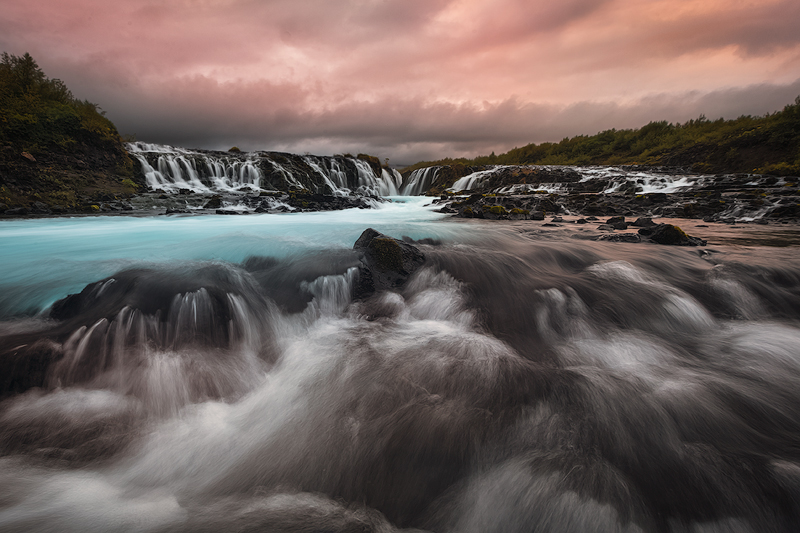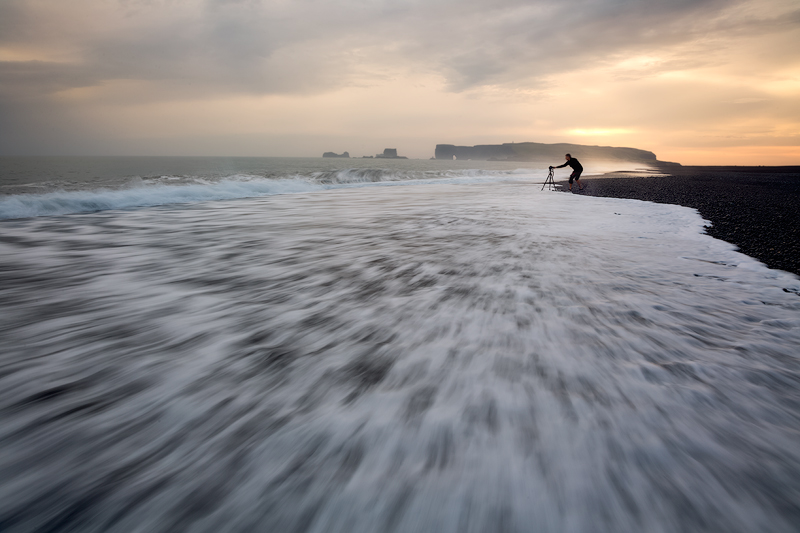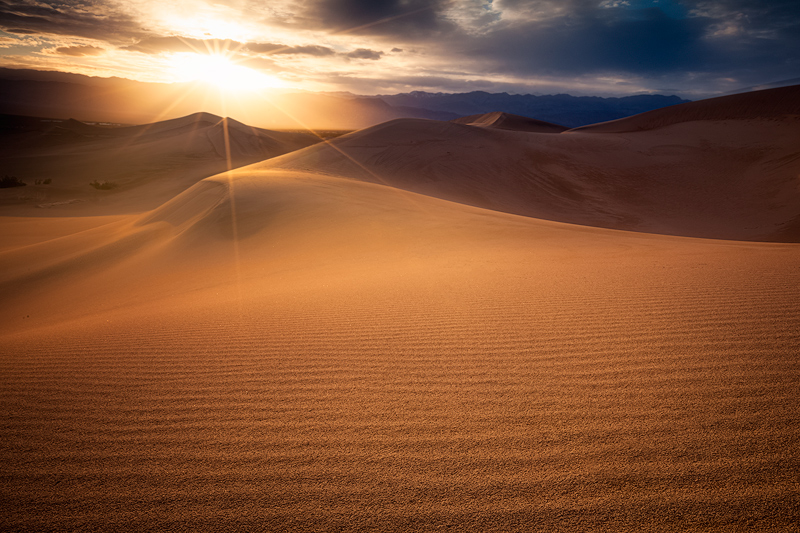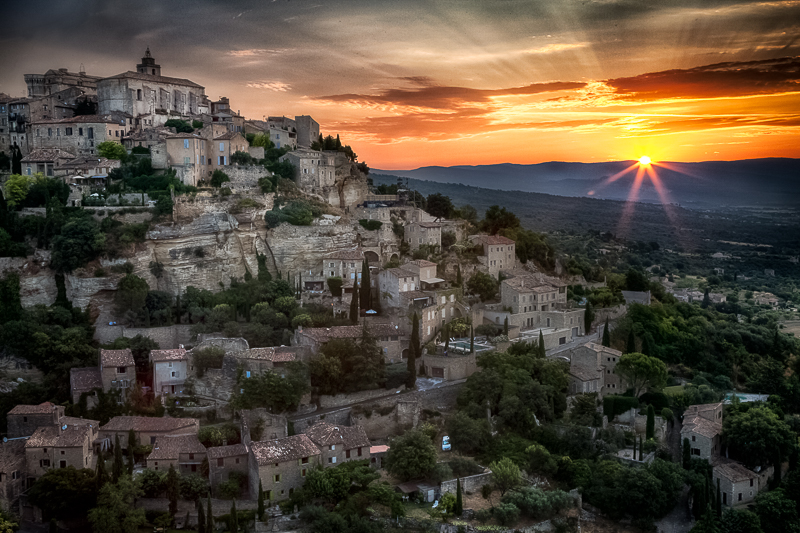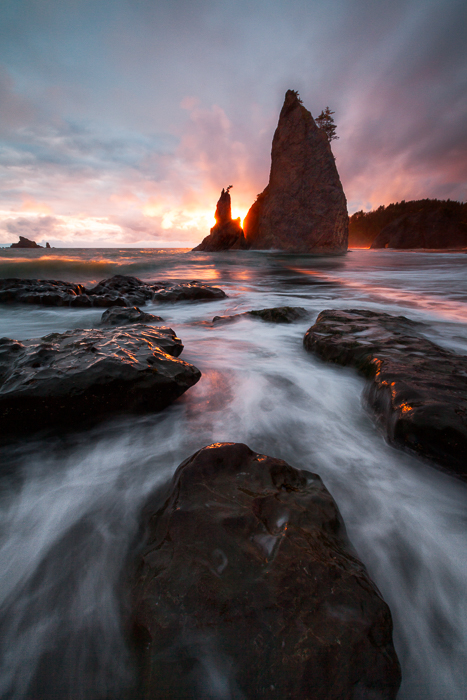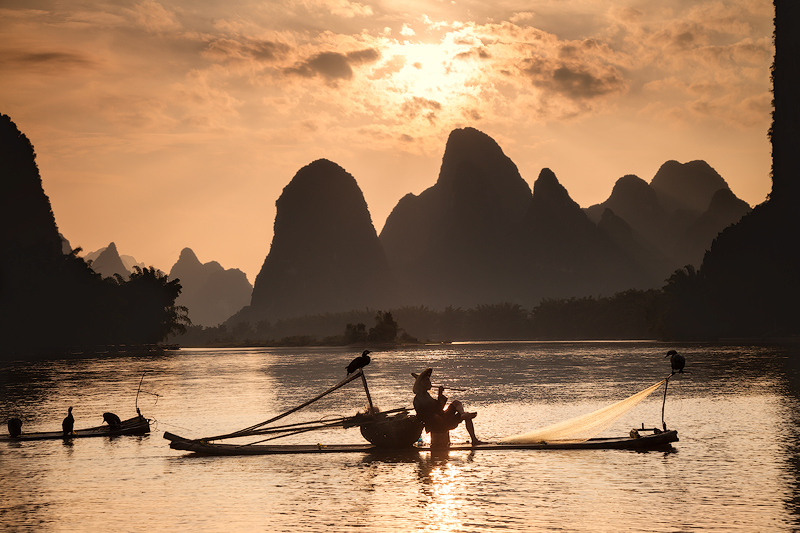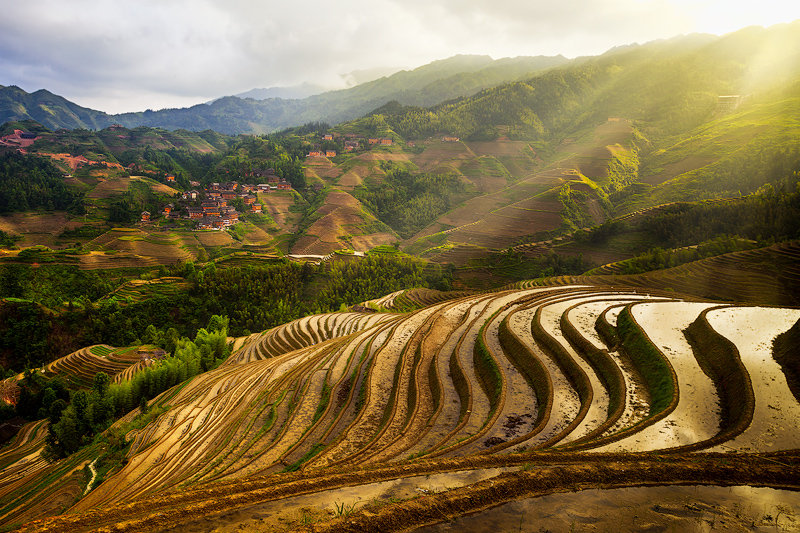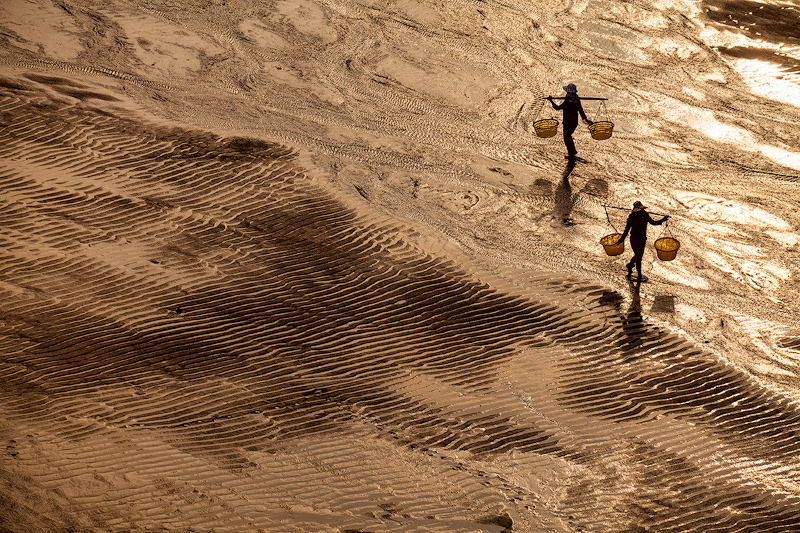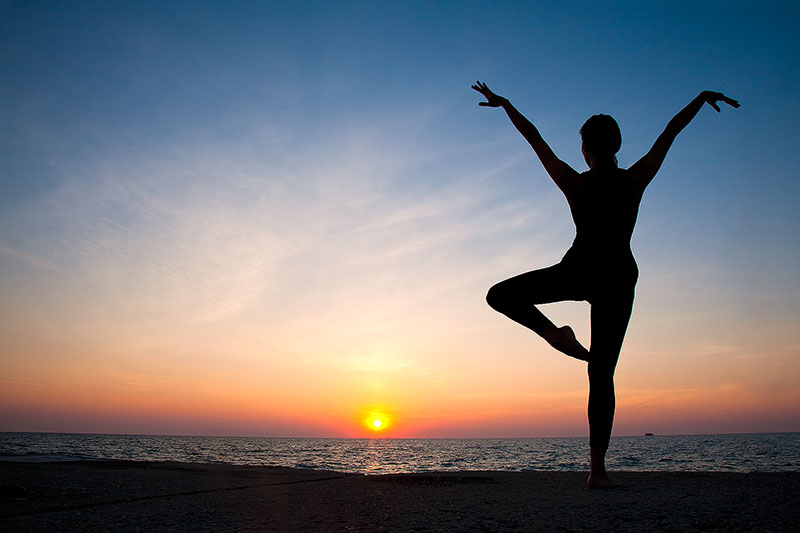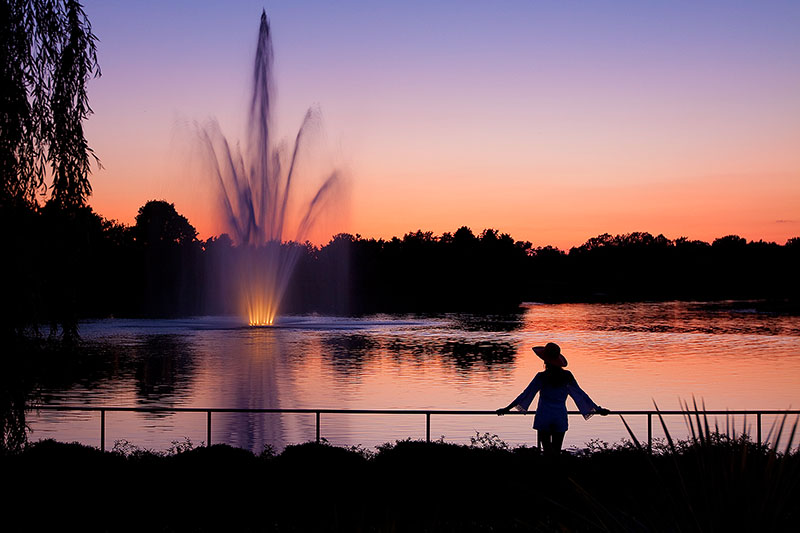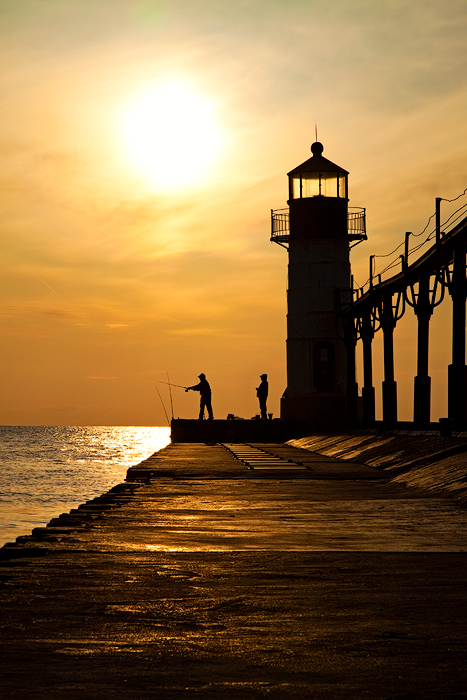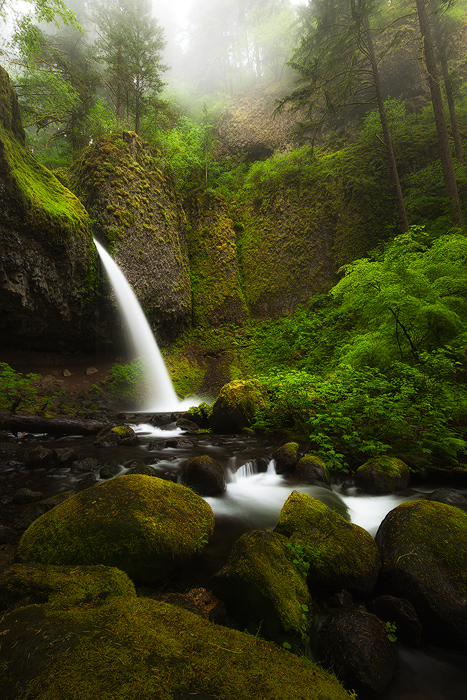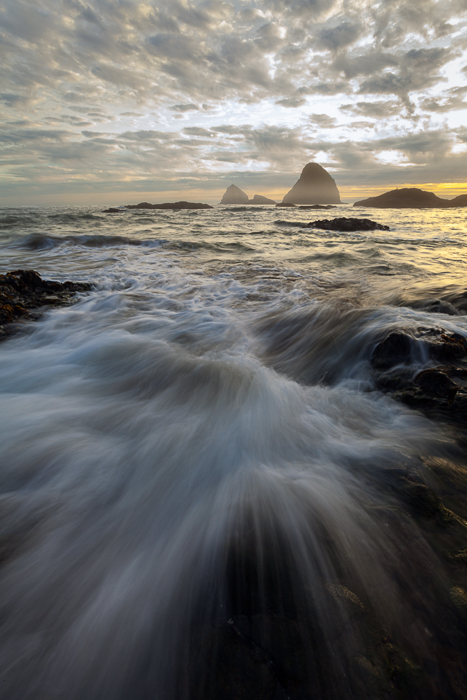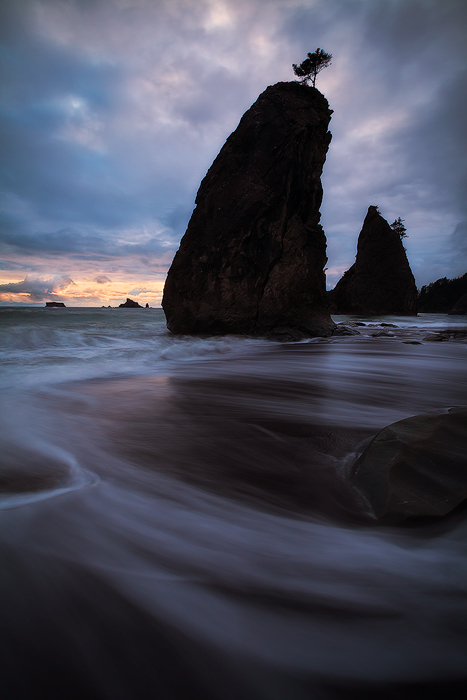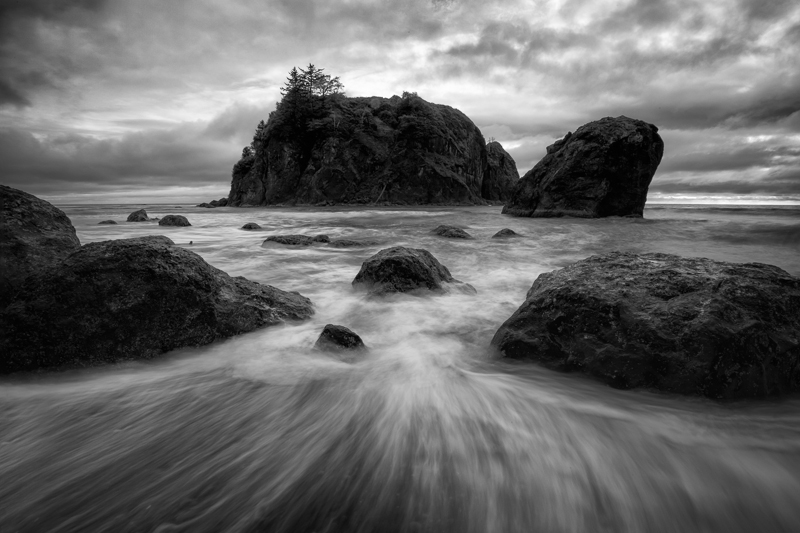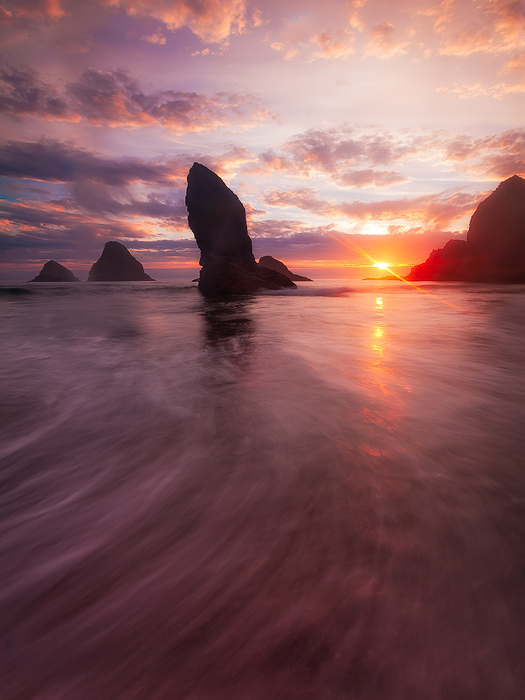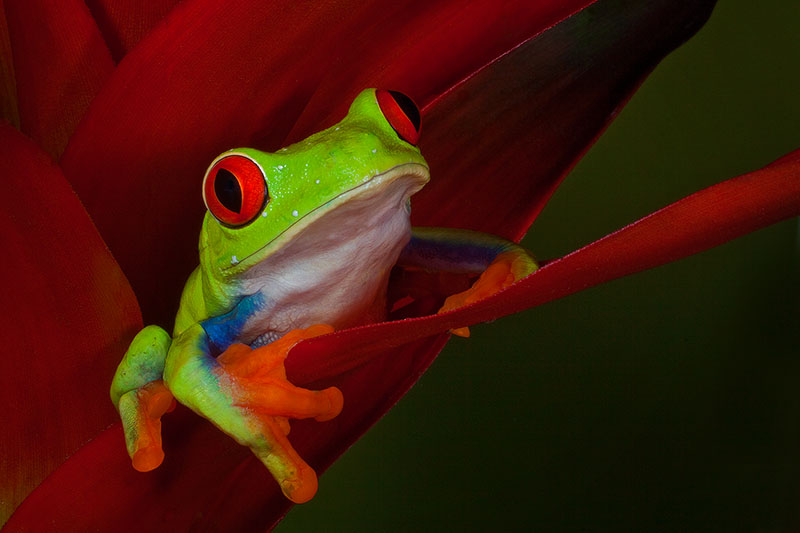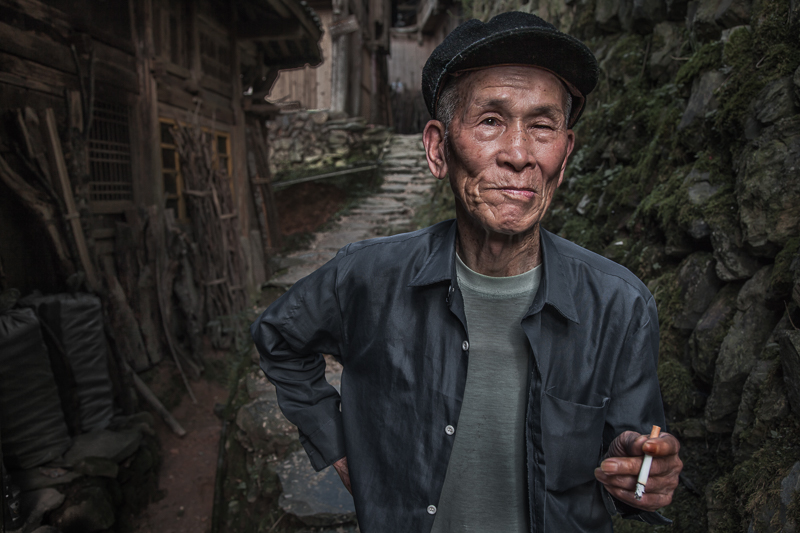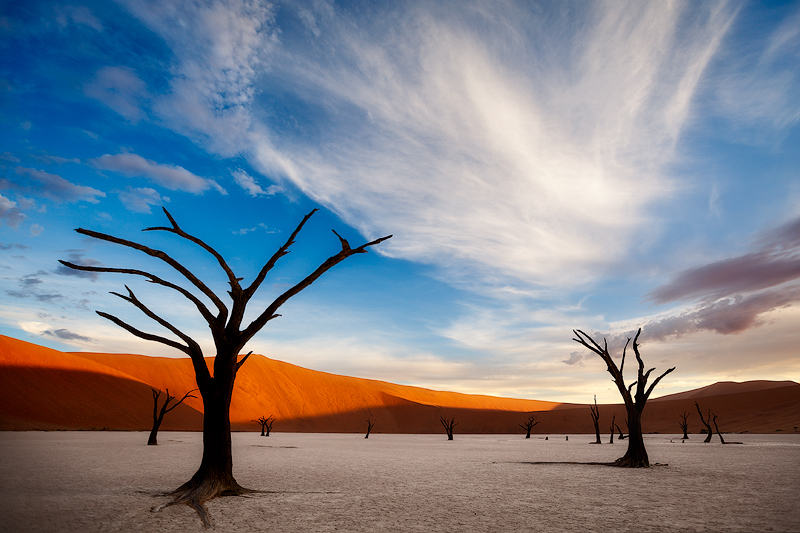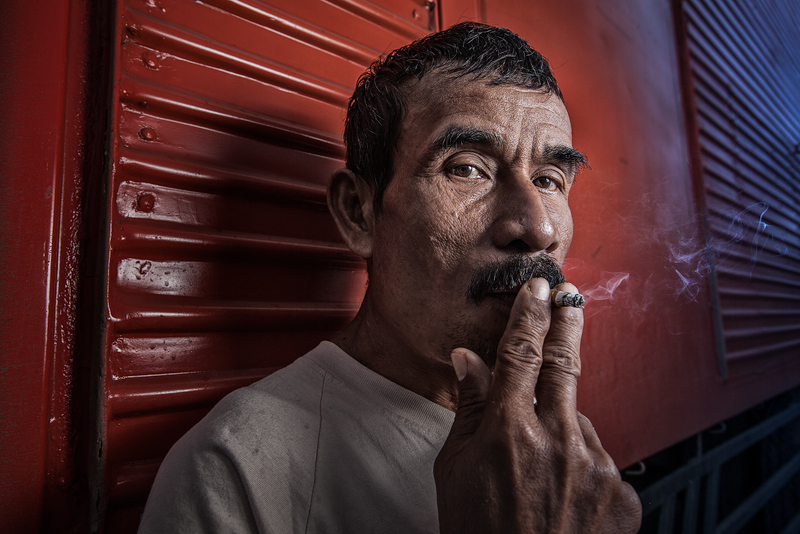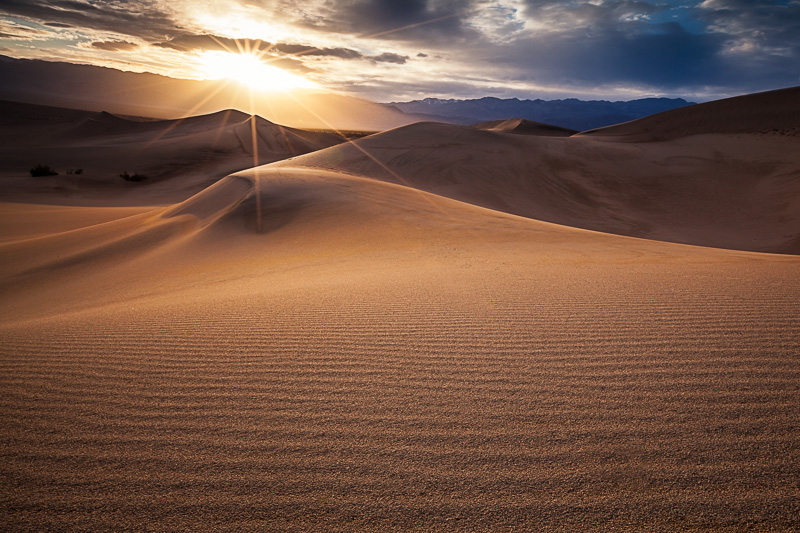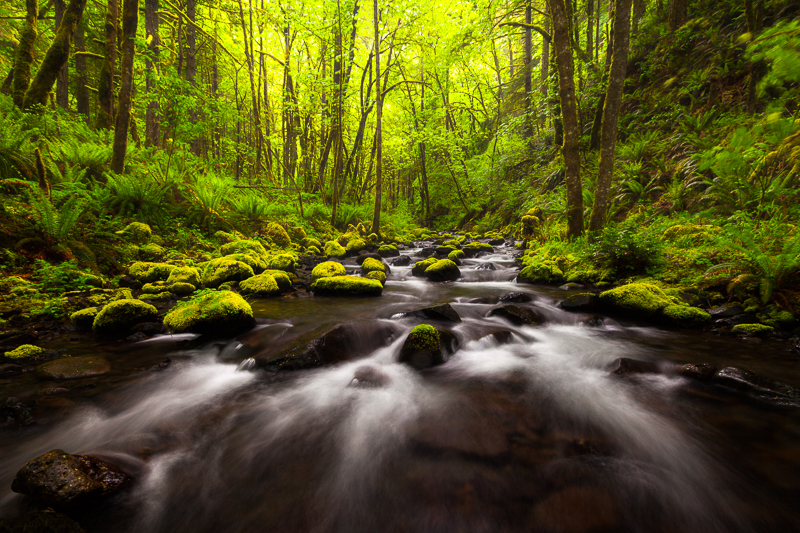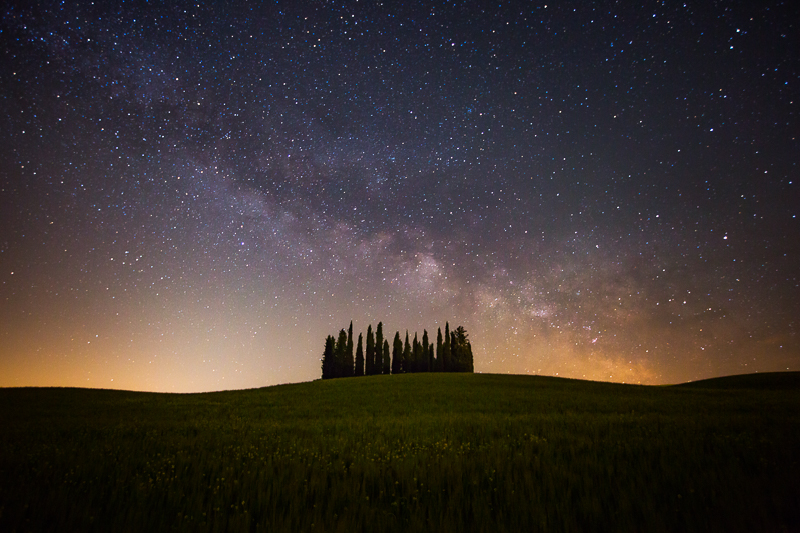
Night Sky Over Tuscany : Prints Available
The Milky Way makes an appearance over the hilltop in a field in Tuscany, Italy.
A good night’s sleep is an important part of a healthy lifestyle, right? Getting adequate sleep not only positively impacts your mind, heart and mood, but also helps you look better. However, Milky Way and Northern Lights pictures are really, really cool. So, like many other photographers, I sometimes ignore the advice of the health experts and skip a night or two or more of sleep in order to bring home some killer images. In fact, I’ll be doing that again next week.
Disclaimer
Let me start with a disclaimer. There are books, blogs, videos and long articles dedicated solely to night photography. This article is only an introduction to pique your interest and help get you started. By all means, do some more reading. Also, I’ll do a Part 2 article on “Processing” in next month as it is a topic in and of itself. Star trails also warrant a separate article, so that will be Part 3. With all that in mind, here is some advice on getting started with shooting the night skies.
Shoot in a Remote Location
At night, there is “dark” and there is “DAAAARK”. You want the latter. This means shooting in an area far away from the lights of towns and cities. Otherwise, the light pollution can wash out your sky and end up dominating your horizon. The site http://www.lightpollutionmap.info/ has a map that shows light pollution around the globe (i.e. places to avoid).
However, all is not lost if there is a town in the distance. In fact, in many cases, I think the light pollution looks good. In the cover photo of the trees in Tuscany, I think the light pollution adds to the image by providing a nice warm glow to complement the cool night sky. Distant, minimal light pollution behind you can also help light foreground elements during your exposure. Ideally, shoot in an area with dry, clear air. Deserts and places of higher elevation work well.
Timing Issues
There are a lot of timing issues to get right for night photography. You have to know what cycle the moon will be in, when the moon’s light no longer impacts the sky that night, and (possibly) whether the Milky Way will be visible. Of course, you have to worry about clouds, too, but those are less predictable.
Moon Cycles
Having the moon in front of you while shooting is similar to having someone shining a flashlight into your lens. It will create a bright spot in your image while also washing out the stars. Because of this, you need to be aware of moon cycles. Ideally, plan your shooting during the New Moon, which is the moon’s first cycle during which it is hidden from view. You’ll have nice, long periods of complete darkness during this time. You can also get by with up to 25% moon (about 5 days before or after a New Moon), so targeting that time period is workable.
Time of Night
If the moon is visible at all in the sky on your shooting nights, then you will want to aim for a period of the night called “astronomical dusk,” which is the point at which the moon has no impact on the brightness of the sky… the sky has reached maximum darkness. This is generally 1 1/2 to 2 1/2 hours after sunset and the same amount before sunrise. However, start shooting before complete darkness to get a bit of faint light on your foreground and a nice blue in the sky. The stars will not be as pronounced during this period, but it is good to have shots from both time periods, especially if you are blending a separate foreground shot in during processing.
The well-known program “The Photographer’s Ephemerus” (http://photoephemeris.com/) is a good resource for showing the window of timing you have to work with for your date and location so that you are not stuck staring at the moon wondering when it will get out of the way.
The Milky Way
Although shooting a sky full of stars is fun and can lead to a great image, the core of the Milky Way is the money shot. Capturing the Milky Way’s core takes some planning, however. You can do a Google search to find out where and when it will be visible. Or, PhotoPills is an iPhone application for identifying when and where in the world it is visible, as well as what angle it will be at during certain times of the night. There are also night sky maps available on Amazon. Whatever you do, plan your trip around Milky Way visibility and the moon cycle.
The Aurora Borealis
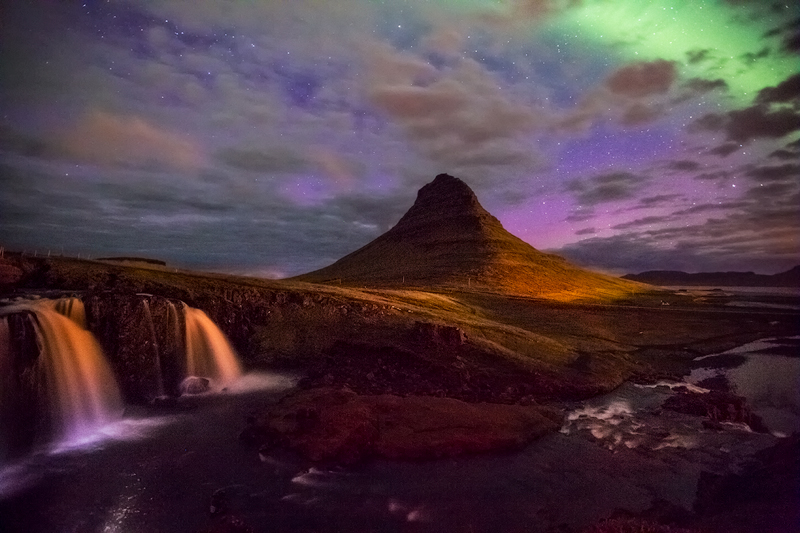
Aurora Mountain : Prints Available
Iceland’s Kirkjufell with the faint glow of the Aurora Borealis behind it.
Photographing the Northern Lights is an absolute blast. As you know already, you have to be pretty far north to capture the Aurora at its best. You generally have to brave the Winter months in places like Iceland, Alaska and Scandinavia to get the best chances. However, all three Aurora shots in this article were shot in Iceland in mid-September.
There are Aurora sites on-line that predict Aurora activity, such as http://www.aurora-service.org/aurora-forecast/. Some of these Aurora forecast sites are location specific, so do a search to see if there is one for your location.
Weather Conditions
While a clear sky is usually a disappointment for landscape photography, it is great for night photography.
- For Milky Way (or single point stars in the sky), you need the sky to be completely clear overhead. The header shot of the Milky Way over the trees in Tuscany includes some low clouds along the horizon, but nothing blocking the Milky Way. A few minutes after this shot, the clouds started covering the galaxy and I left.
- For pictures of the Northern Lights, some scattered clouds are okay and can even add interest to the image.
On the subject of weather, remember that dropping temperatures can lead to foggy lenses, particularly if the area is damp. As you are shooting in the dark and sometimes cannot turn your flashlight on without upsetting other photographers, it is easy to overlook a lens that is fogging.
Foreground Subject
The night sky is not a subject, but a background. So, you still want something interesting as a foreground element. If you will be letting your subject go dark as a silhouette, then the subject’s shape is extra important. If you want your subject lit, then there are a few options:
1. Light pollution from distant cities behind you can help provide enough lighting to illuminate your foreground subject.
2. You can “light paint” your subject with a flashlight or other light source. However, if you haven’t done this before, it takes some practice to get subjects lit evenly.
3. As mentioned, you can also shoot your subject before things go completely dark and just leave your tripod in the same position for the shot of the sky. For this option, I recommend shooting several images as the sky darkens. Start at twilight and then try a few more as time goes on, adjusting your settings as necessary. Although you will get the best quality image at twilight (with a lower ISO), sometimes the subject at twilight does not look natural when blended.
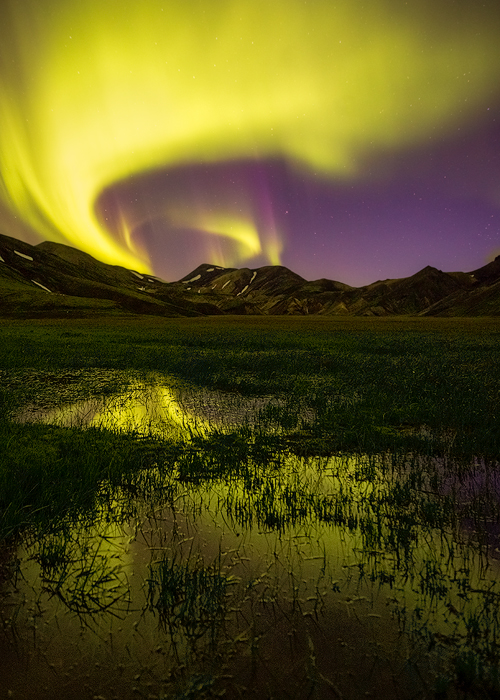
Aurora Dance : Prints Available
Amazing Northern Lights dancing over a meadow in Landmannalaugar
Equipment
At night, the higher end camera equipment really shines. Ideally, you’ll want:
- A camera that can shoot at high ISO without much digital noise.
- A fast wide-angle lens, such as f/2.8 or faster. An f/1.4 prime lens is ideal. I just bought the Rokinon 24mm f/1.4 for this purpose. The wide aperture allows you to shoot at much lower ISOs. To illustrate, if your lens is at f/1.4 and your targeted shutter speed requires an ISO of 800, shooting at f/4 would require an ISO of 6,400. In the world of ISO, that’s a world of difference.
- A sturdy tripod that stays stable when the wind is blowing.
- A remote trigger… get an intervalometer if you plan on also shooting star trails.
- You’ll need two sources of light, such as a headlamp and flashlight.
- Bring layers of clothes for changing temperatures.
Settings
For the Sky Shot
- Manual Mode & manual focus
- Long Exposure Noise Reduction off
- Aperture – Shoot at the widest aperture of your lens. Or, if you have a very fast lens (like f/1.4), try also shooting at one stop above the widest setting (f/2) as it will be a sharper aperture. You’ll need a higher ISO, but you can compare quality when back at your computer.
- Shutter Speed – Stars – The rotation of the earth will start to streak the stars at some point. To avoid this, use the “500 Rule” by dividing 500 by your focal length. If your focal length is 16mm, then 500/16=31 seconds. Round it down to 30 seconds, and for good measure, you should lower the shutter speed a bit more, down to 20- 25 seconds. Using the same method for 24mm, 500/24=21 seconds, but use 15 seconds.
- Shutter Speed – Northern Lights – In my opinion, Aurora images look their best at between 6 and 25 seconds, depending upon the brightness of the Aurora and how fast it is moving. I like some detail in the lights, as opposed to a big blur.
- ISO – The ISO is then set to get a proper exposure. ISO’s of 1600-3200 for the sky are common. When setting your exposure, you don’t need or want every single star in the sky to be visible.
For the foreground subject
- Shoot the foreground separately (re-focusing if necessary) at a lower ISO and, therefore longer shutter speed. In Part 2 of this article, I’ll discuss blending the two images in Photoshop.
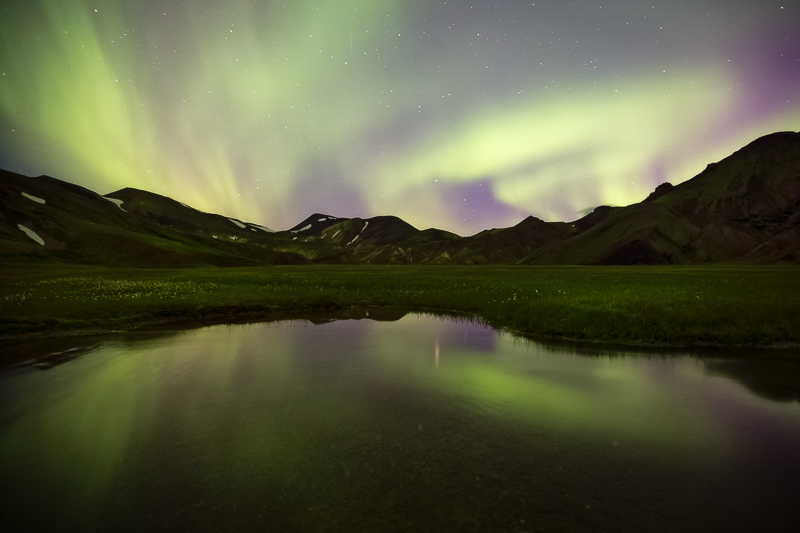
Northern lights over a small pond in Landmannalaugar
Composing
It is ideal to compose while it is still light out. If you are composing or re-composing in the pitch blackness, a time-saving strategy I use is to crank up the ISO to maximum just to get my composition right. This helps me avoid waiting through long shutter speeds. Then, I reset my ISO and shutter speed to the desired amounts for the actual shot.
Focusing
If your foreground elements are closer than your lens’ infinity focal point, you will want to focus on your subject and the sky separately and take two shots. Focusing in the dark can be difficult, but here are some ideas:
Focusing for the sky – Use Live View to zoom in (using the zoom buttons for the LED screen) on a distant light or star. If this cannot be done, then you can walk a flashlight past your lens’ infinity point. (Optical infinity is too big of a subject to go into detail on here.) If you don’t know the infinity point of your lens, some photographers simplify this by saying to convert your focal length to feet and use that distance. So, for a 24mm lens, walk out at least 24 feet, leave the light there, come back and focus on it for your infinity focus.
Focusing for a closer subject – If you are shooting a closer subject that is not in focus considering your aperture / infinity point, you will need a separate focal point for the subject. You can shine a bright flashlight on it and focus using Live View.
Processing
As mentioned earlier, watch for Part 2 next month on processing night sky images, as well as a separate article on star trails in a future blog.

